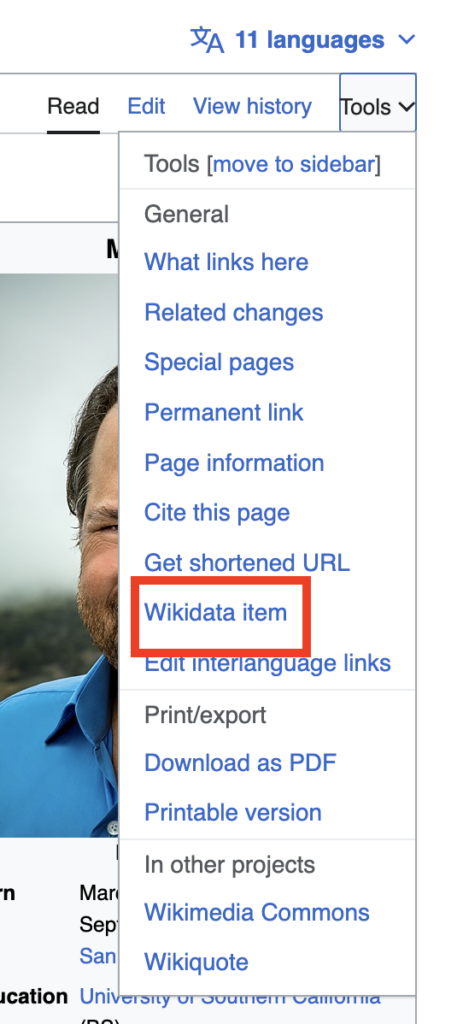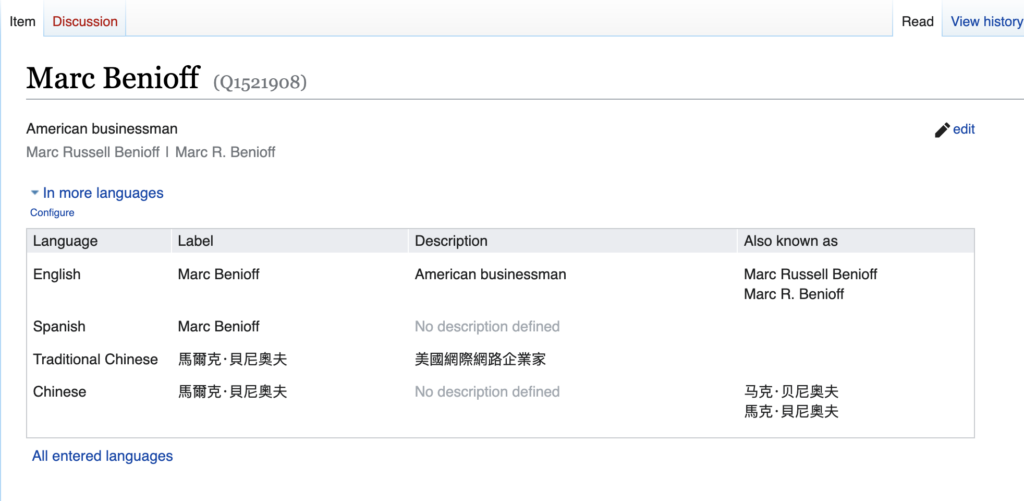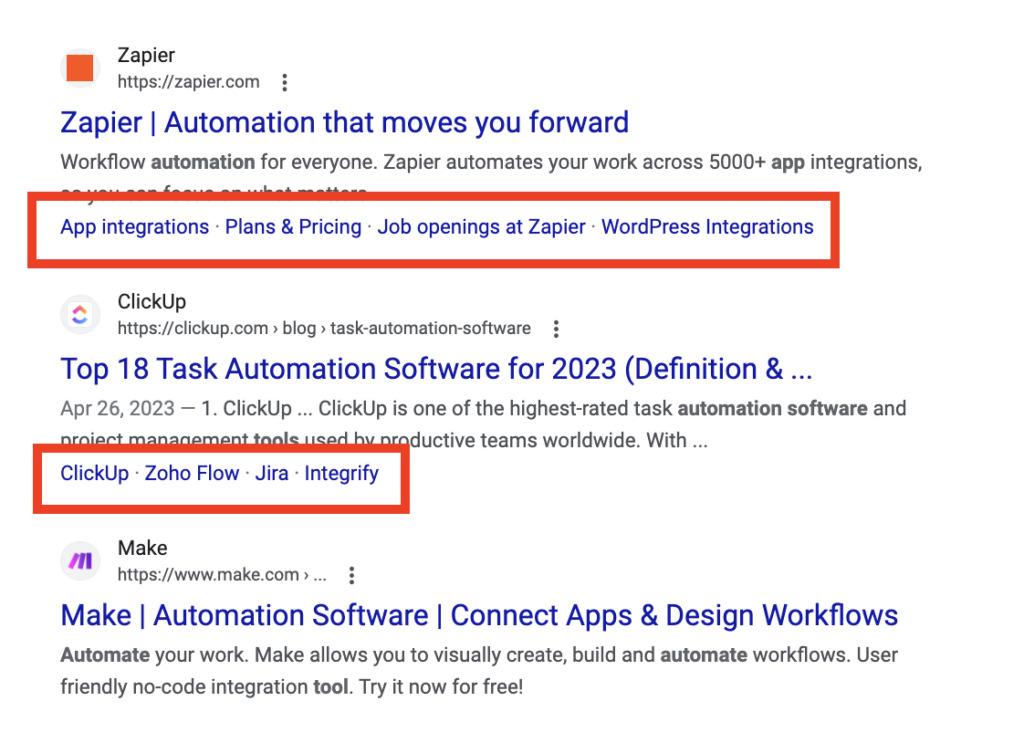Structured data is a tech term and that means, depending on your job responsibilities, you may find it incredibly confusing or overwhelming. Not to worry. We’ll talk you through what it is using less techy language, look at where it comes from, and explain why it matters to you and your SEO strategy.

Table of Contents
What is structured data?
In a nutshell, structured data is a standardized format for providing information about a page and classifying that page’s content. Think of structured data as a chart with universally agreed upon headers and categories. With structured data you cannot create a new header that says whatever you want, you have to use the agreed upon categories based on the agreed upon language. This process takes the content on your page (which is unstructured data) and transforms it from individual headers, title tags, and copy into machine-understood information.
All structured data is found on the backend of your website. It isn’t visible to page visitors, but it is visible to Google. It makes it easier for Google to crawl, organize, and display your content in all search results.
What are the different types of structured data?
Most often you will hear people refer to schema, schema markup, and structured data. People use all of these interchangeably. Schema is actually a language, or type, of structured data. It is what is most commonly used and accepted by individual websites.
The type of structured data or schema you want to use depends on what you want to accomplish. Do you want to:
- Group site content together (such as company name, founder, founding data)
- Categorize your content (tell Google it’s about an organization, product, person, event, etc.)
- Identify products or events
- Add descriptive information
- Organize FAQs
- Or something else?
There are many options. Check out this list to see the structured data markup that Google Search supports.
Depending on how “in-the-know” your friends and colleagues are, you might also hear them refer to Wikidata. This is Wikipedia’s structured data and it is used by both Wikipedia and Google. It provides search engines a very standardized format to efficiently read and relay data, which is what these search engines like. The less guessing Google has to do, the better for us all.

Wikidata for people includes data such as:
- Name
- Image
- Gender
- Country of citizenship
- Name variations
- Birthday
- Occupation
- Employer
- Participant in (different events)
- Member of
- Identifiers (other personal profiles that exist online)
Wikidata for companies includes data such as:
- Name
- Brief and factual description
- Industry and product categories
- Part of (for example S&P 500)
- Logo
- Founding
- Founder
- Executive officers
- Locations
- Revenue
How do you implement structured data on your website?

First you need to determine the type of structured data that you need/want. If you’re curious what schema is already on a specific web page, use this tool to check and to see if there are any errors or issues.
Depending on what you want to add, you have three options:
- Add it directly to the code
- Find out if you have any theme or website CMS tools that have schema options built directly into them
- Use a plugin and let it do the work for you
Either way, we recommend working with your web developer for all implementations on your website.
If you are interested in Wikidata, you can view the data for a specific page by following these steps:
- Pull up the Wikipedia article about the company/person
- Use the ‘Tools’ menu to navigate to the Wikidata page



If you want to edit this page, be sure to review Wikipedia’s editing guidelines. If you have questions, let us know.
How do you implement structured data on external websites?
Linked structured data tells Google every detail that should be associated with an organization, product, or person. It moves beyond an individual website and, when implemented correctly, links different websites and webpages together into a “web” that points back to one main page (a company’s home page, for example). It’s the technological way to tell Google “this is all related and relevant for this person/company.”
In other words, it isn’t only your website’s structured data that matters. Some of the most common external sites, sites like Crunchbase, LinkedIn and directories, have their own structured data that can contribute to Google’s understanding of a subject. For the best results, they all need to use the same language and display the same information. The more common denominators, the easier it is for Google to understand that the person listed on one page is the same as listed on another.
To see what options are available to you, perform an audit of profiles for your company or a high-profile individual. You can make changes to these profiles by editing the organized profile information on the site.

How does structured data affect Google search results?
Structured data is not technically a ranking factor but it can greatly influence how you show up on the first page of Google. This is because of its effect on Google knowledge panels and rich snippets (aka rich results).

Google Knowledge Panels
Google scrapes structured data from websites and uses it to compile a high level representation of an organization or person in its digital knowledge graph. The knowledge panel is a visual representation of that data in an easy to read format.
So, no structured data or little structured data means either no knowledge panel or a knowledge panel with only bare bones information. It can also lead to confusion if you have multiple knowledge panels on the same topic because Google doesn’t understand that they refer to the same company or individual. For example, you might have two knowledge panels that display at different times with different search terms, one for your Company and one for your Company, Inc.
This can confuse potential customers, employees, and investors. It divides your search results, which can lead to fewer people clicking through to your website. Knowledge panels dominate the right hand side of Google’s search results. Thanks to this positioning, they can increase brand visibility and authority, but only when done correctly.
Rich Snippets
Rich snippets or rich results are search results with additional information. For example, a rich search result for an event might display a description and also the date and location of the event. A rich result for a certain product can include ratings and reviews, or internal site links.
This information can encourage more users to select the result, increasing the click through rate to your website.


Whatever information is shown is thanks to the schema markup on your website. The type of structured data you implement determines Google’s options.
Can I make changes quickly?
Yes and no. It’s possible that you can make structured data changes quickly (assuming you know what you’re doing). However, it can take Google time to catch up. Don’t be surprised if a month or two goes by before you see the changes you want in your knowledge panel and rich results.
If you’d like to have a friendly expert take a look at your situation, just let us know! You may also be interested in these resources:



